On the afternoon of October 25 at the Fallon Theater, the Churchill County Museum presented a Chautauqua event with the theme of “Agriculture.” If you missed it, you missed an informative and entertaining way to learn about six folks who have earned a place in the history of our valley: Clarence King (played by Mel Glover); J.J. Cushman (played by Zip Upham); Nancy Ann Whitney Sanford (played by Jennie Mader); Leroy Christian Schank (played by Ernie Schank); Alfred Oats (played by Glen Perazzo); and Mary Odessa Van Why Johnson (played by Pam Duarte).
Questions taken from the audience are part of the Chautauqua playbook. One question was, “Who was the earliest non Native American settler in what is now Churchill County?” The participants agreed that the answer is Asa Kenyon.
Information about Kenyon’s early years is fragmented. He was born in Rome, New York, in 1830. He learned blacksmithing and farming in his youth, married a women named Susan, and fathered three children.
In 1852, wanderlust or poverty or dissatisfaction or a combination thereof drove Kenyon to seek his fortune in California, where he was, indeed, fortunate enough to accumulate a good deal of money at Gold Run in Placer County. He decided to speculate in livestock and, heading back eastward, initially purchased a string of fine blooded horses in Missouri, planning to sell them for profit back in California. Instead, on his way back to California, he stopped at Ragtown on the Carson River (about 12 miles from present-day Fallon), its name drawn from the fact that weary emigrants, after crossing the Forty Mile Desert, washed their alkali-caked clothes and hung them out to dry, fluttering like rags in the breeze. He stayed put.
What others had seen as a dreadful stop on the emigrant trail, albeit one with water, Kenyon saw as a font of opportunity. In 1854, he joined 201 other emigrants camped at the site, sold his horses at a handsome profit, and began to construct a permanent dwelling close to the banks of the river. Before Kenyon’s arrival, Ragtown had consisted of “three huts, formed of poles covered with rotten canvas full of holes” (Carlson, Helen. “Nevada Place Names,” 197). After Kenyon’s arrival, Ragtown could claim a growing number of permanent log structures, including a combination freight station and trading post selling livestock, hay, food, and alcohol. Kenyon also acquired 920 acres for raising stock and was the first to claim and mine Soda Lakes.
The details are somewhat unclear, but Kenyon divorced Susan in about 1860. Susan Kenyon received custody of their two female children, and Asa Kenyon received custody of their son, Thomas. In that same year, Asa married Catherine Haggarty (or Hagarty), and she gave birth to the first of their eight children, five of whom survived adulthood, as did Thomas, who joined Asa at Ragtown.
Kenyon died in 1884 and is buried in the St. Clair Cemetery. History gives him mixed reviews. He was known for charging astronomical prices for his wares at Ragtown. Rumors had it that he hired Native Americans to run off livestock belonging to emigrants, then sold it back to them. On the other hand, with his own time and money, he located and dug a well somewhere on the Forty Mile Desert, saving many thirsty souls who might have otherwise perished. He certainly possessed the kind of adventurous spirit and tough mind needed to open the American West to settlement.
His wife and children were well-regarded throughout the area. Catherine died in 1899 in Wadsworth, Nevada, where, according to Reno newspapers, her funeral drew a surprising number of mourners who remembered her as a kind and progressive woman.
Please send your stories and ideas for stories to [email protected].



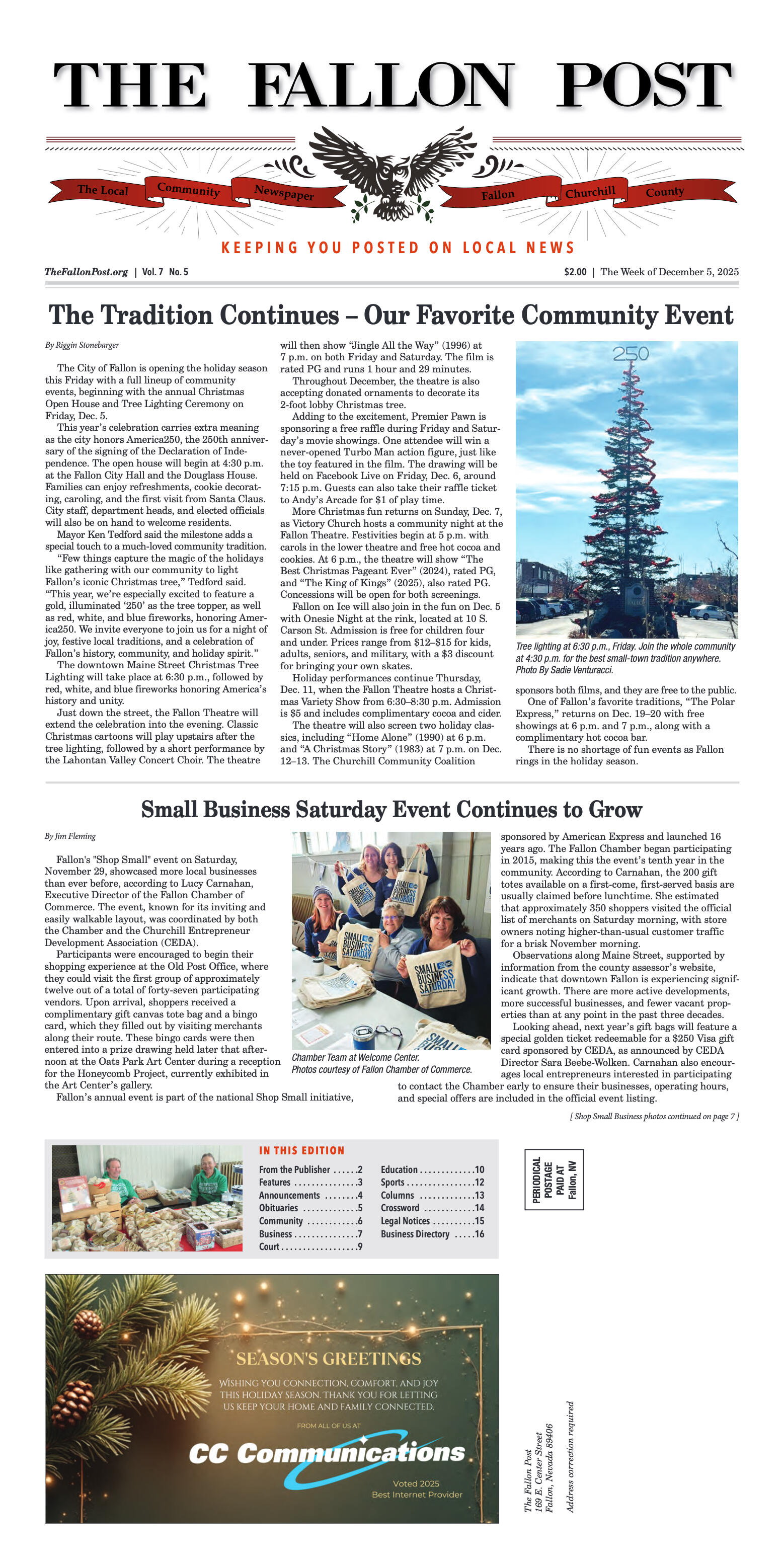
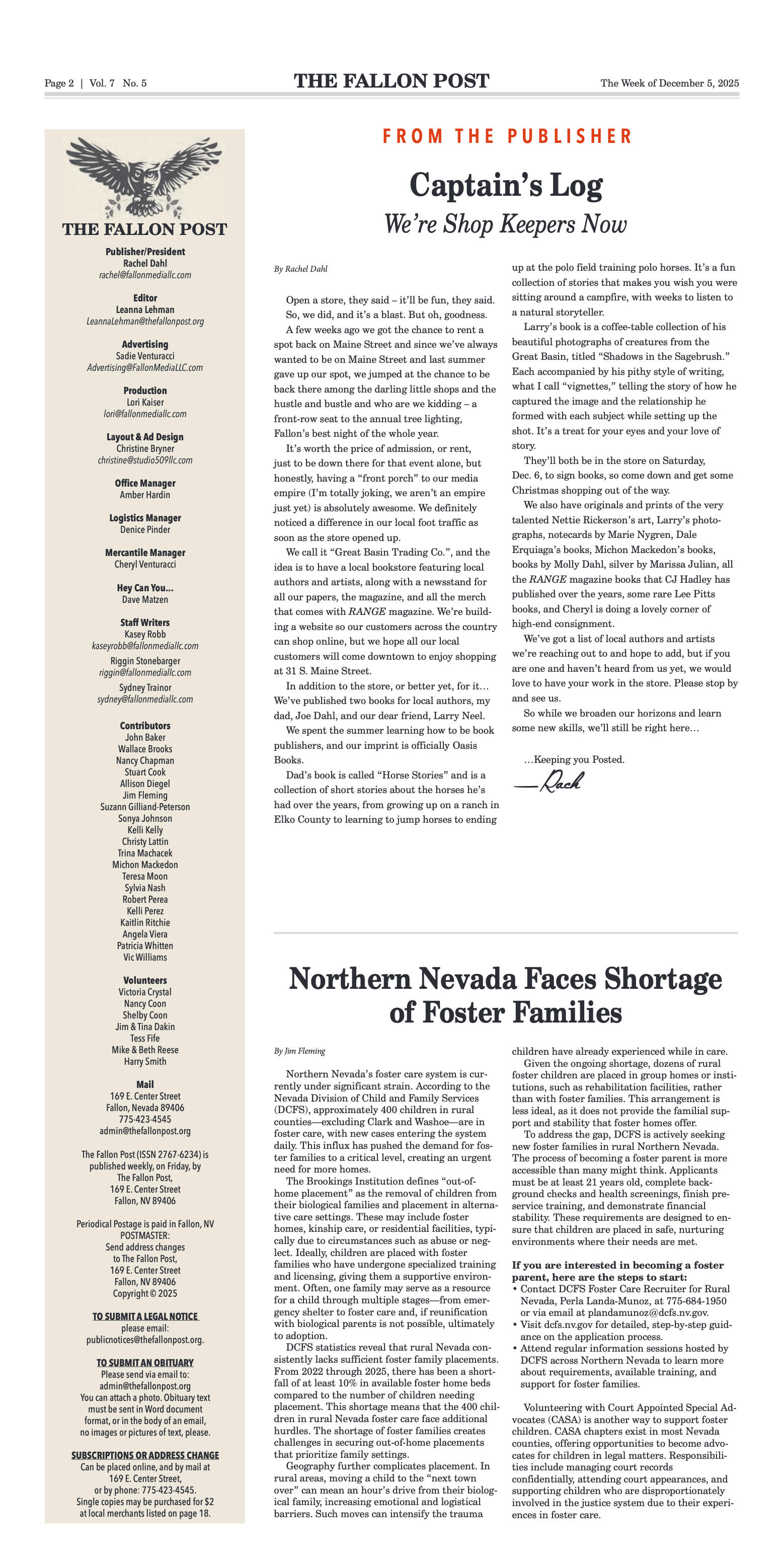
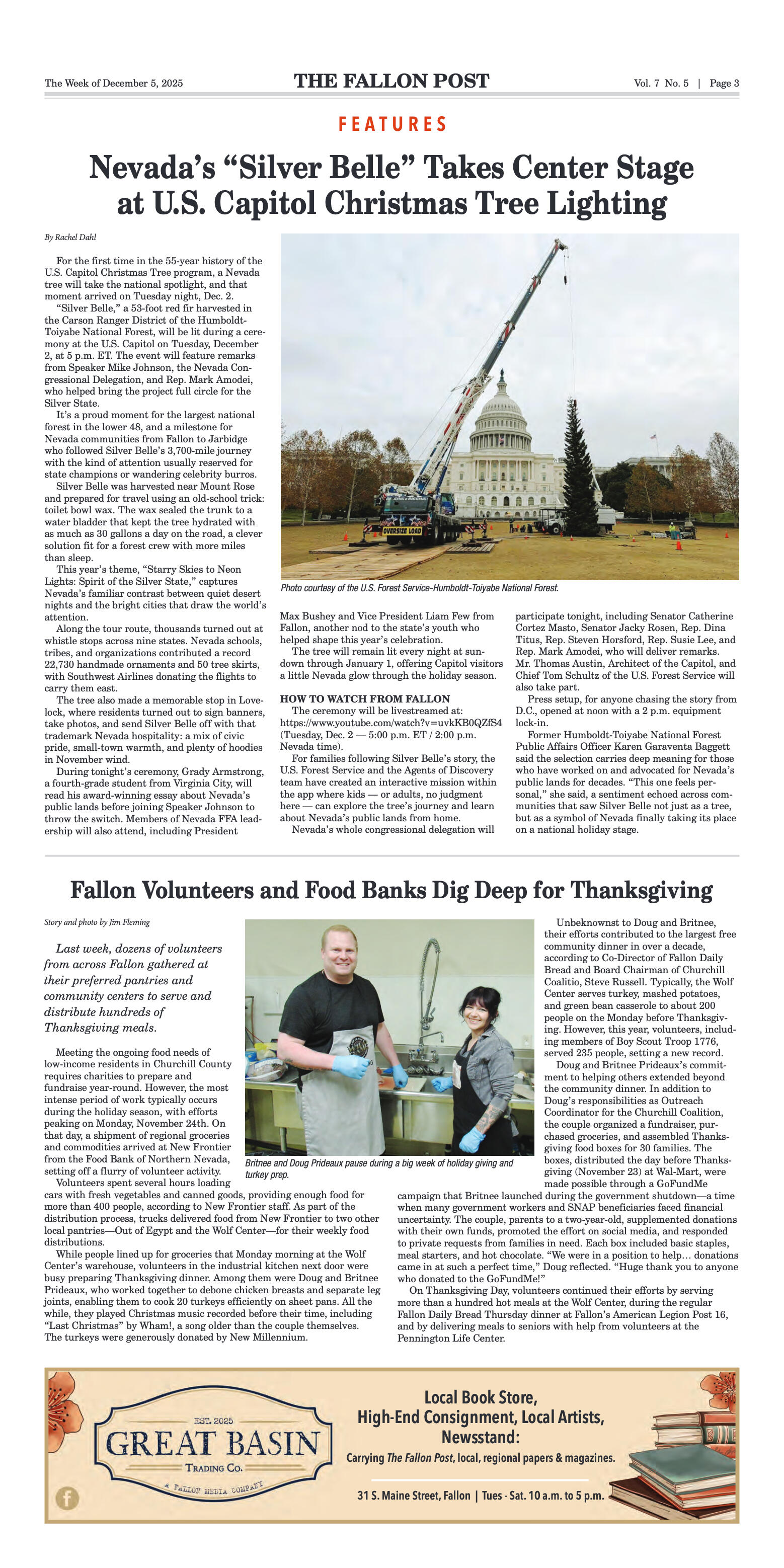
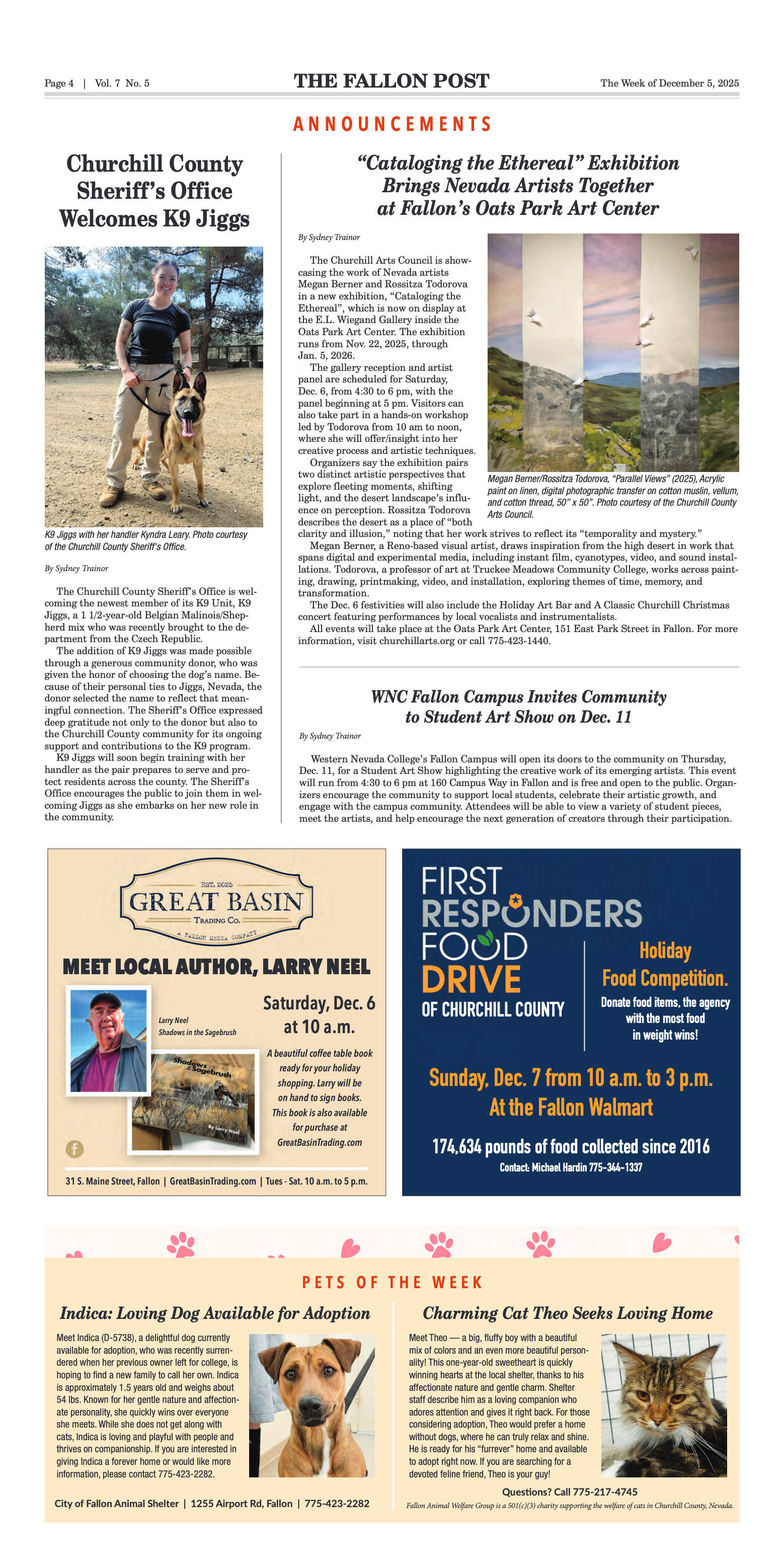
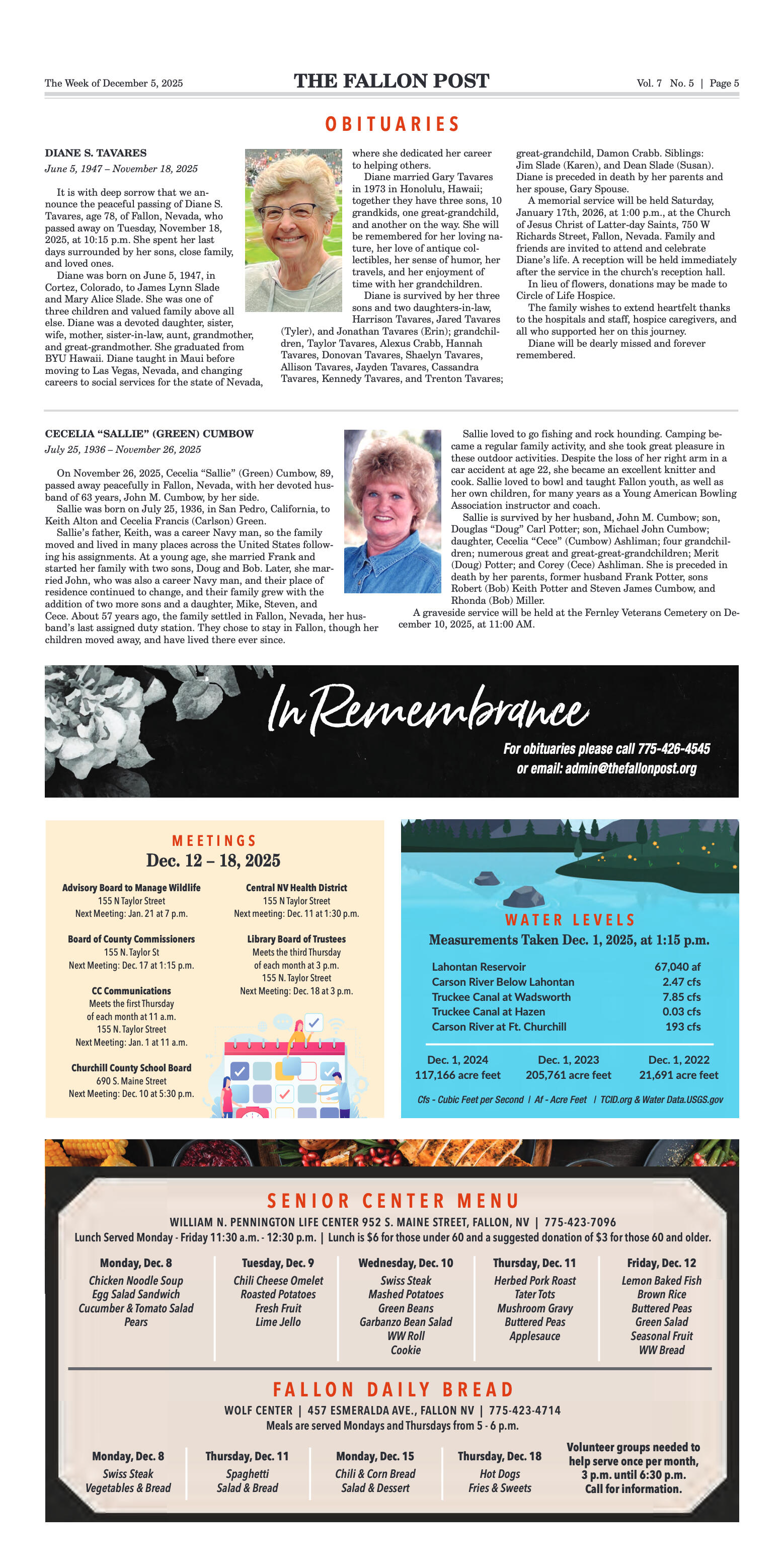

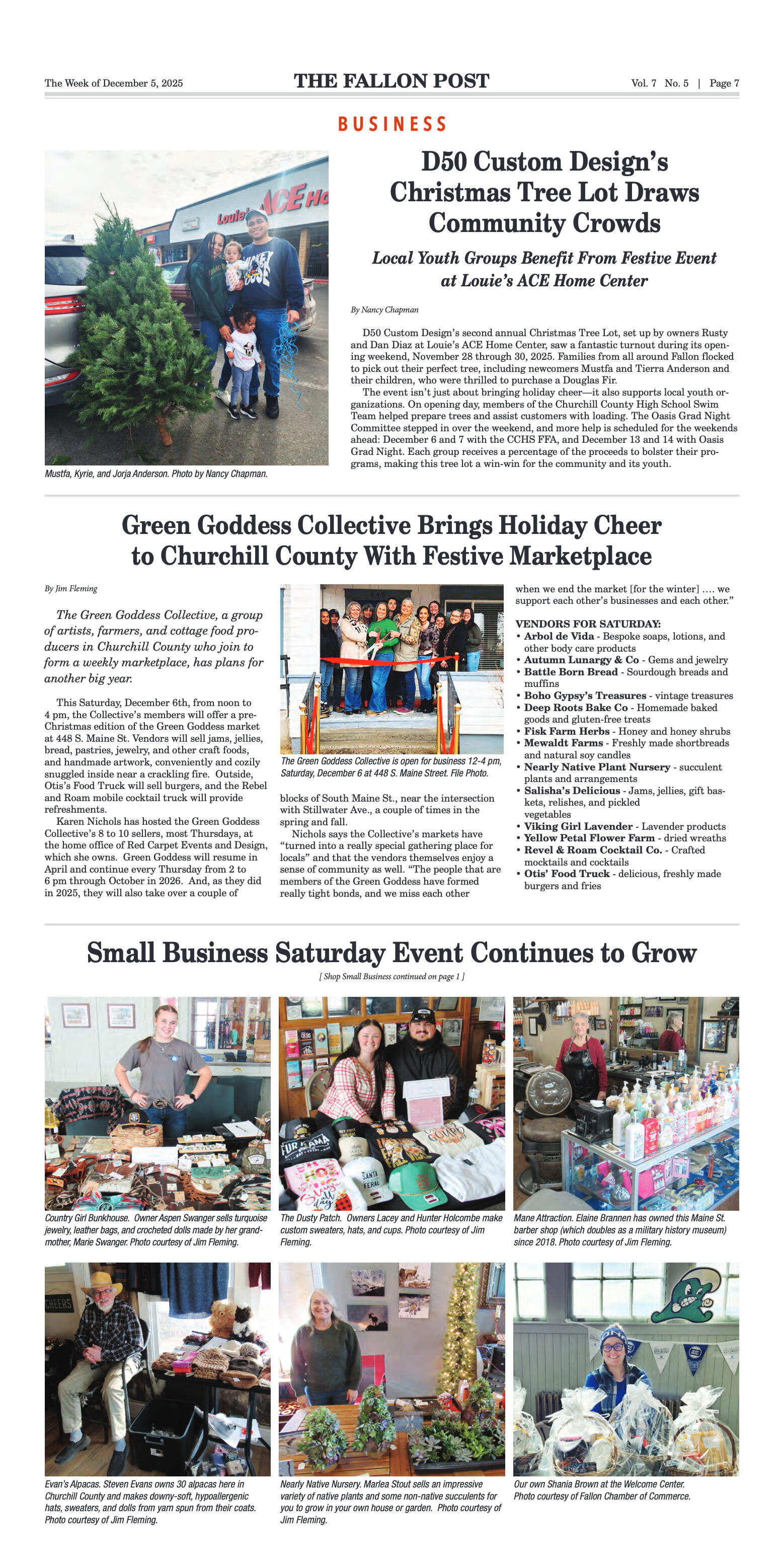

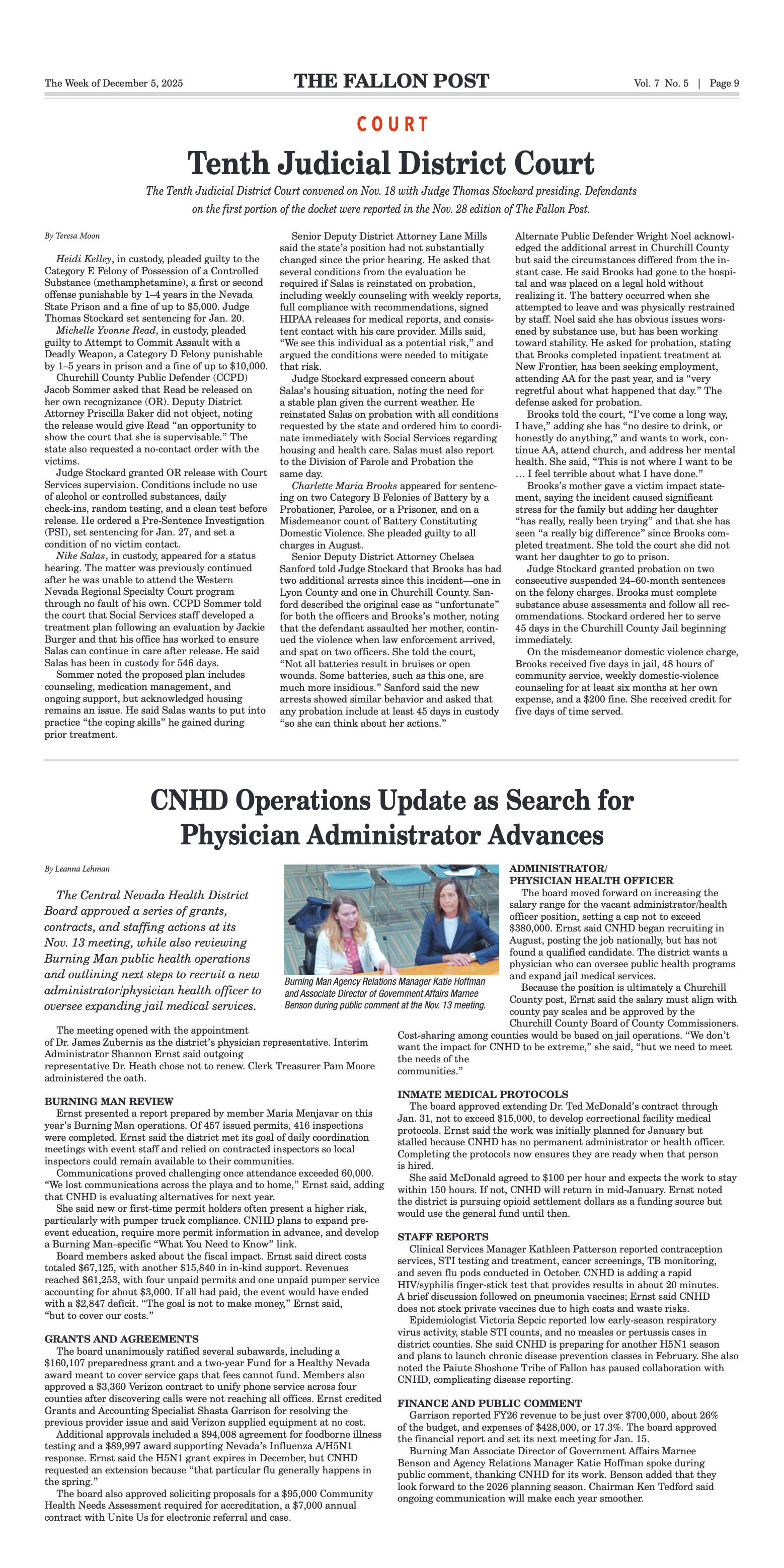

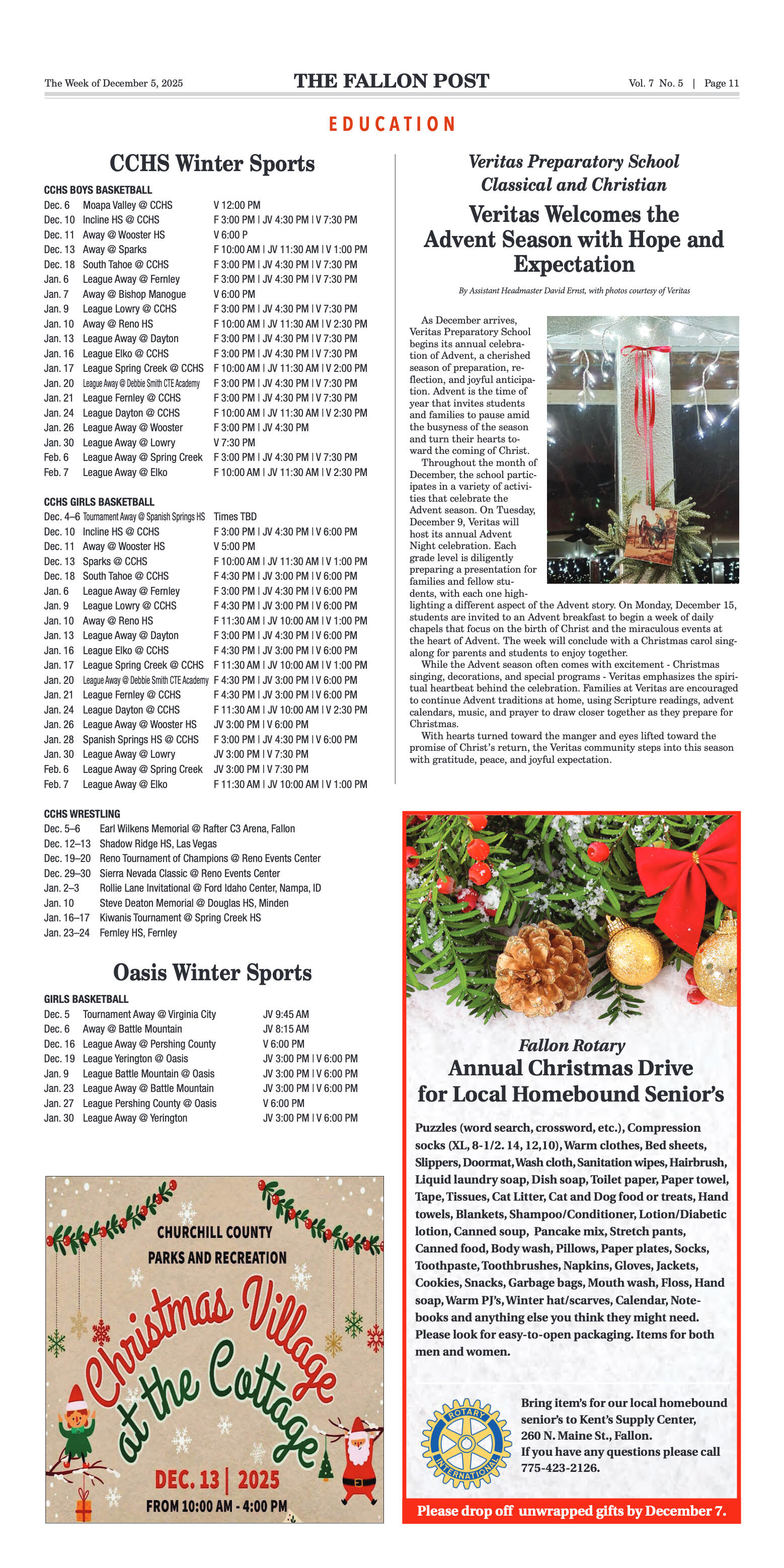
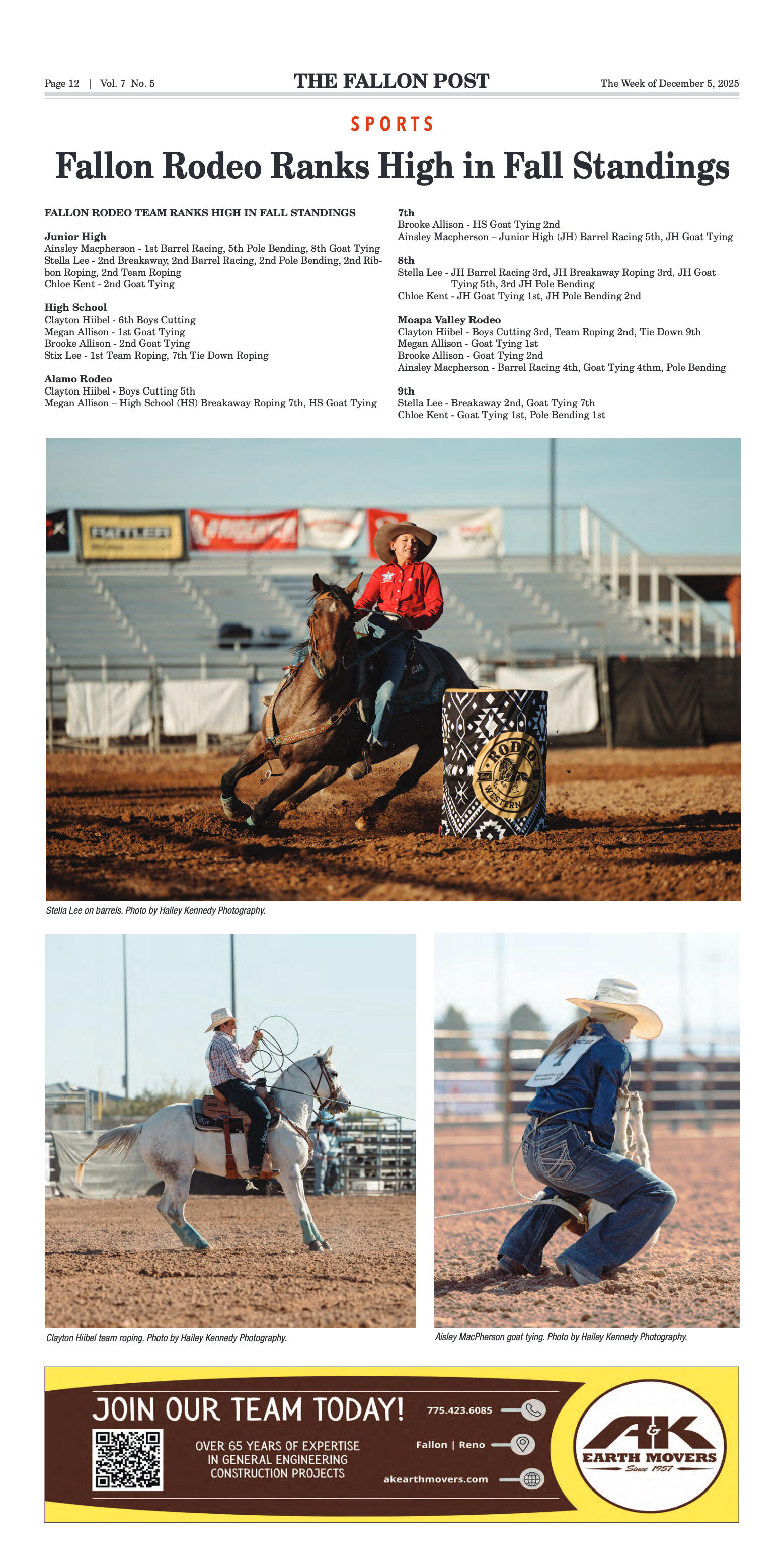

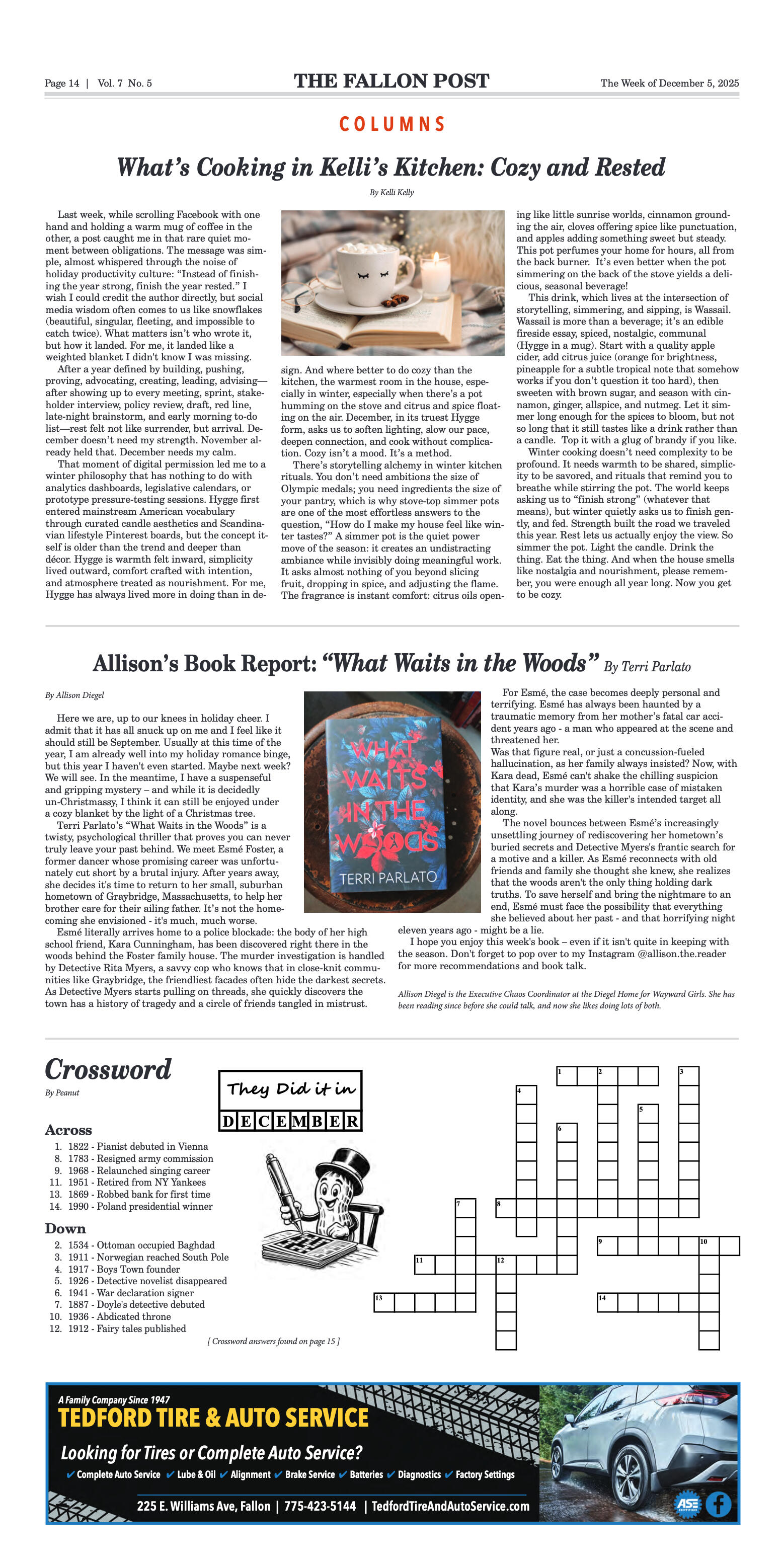

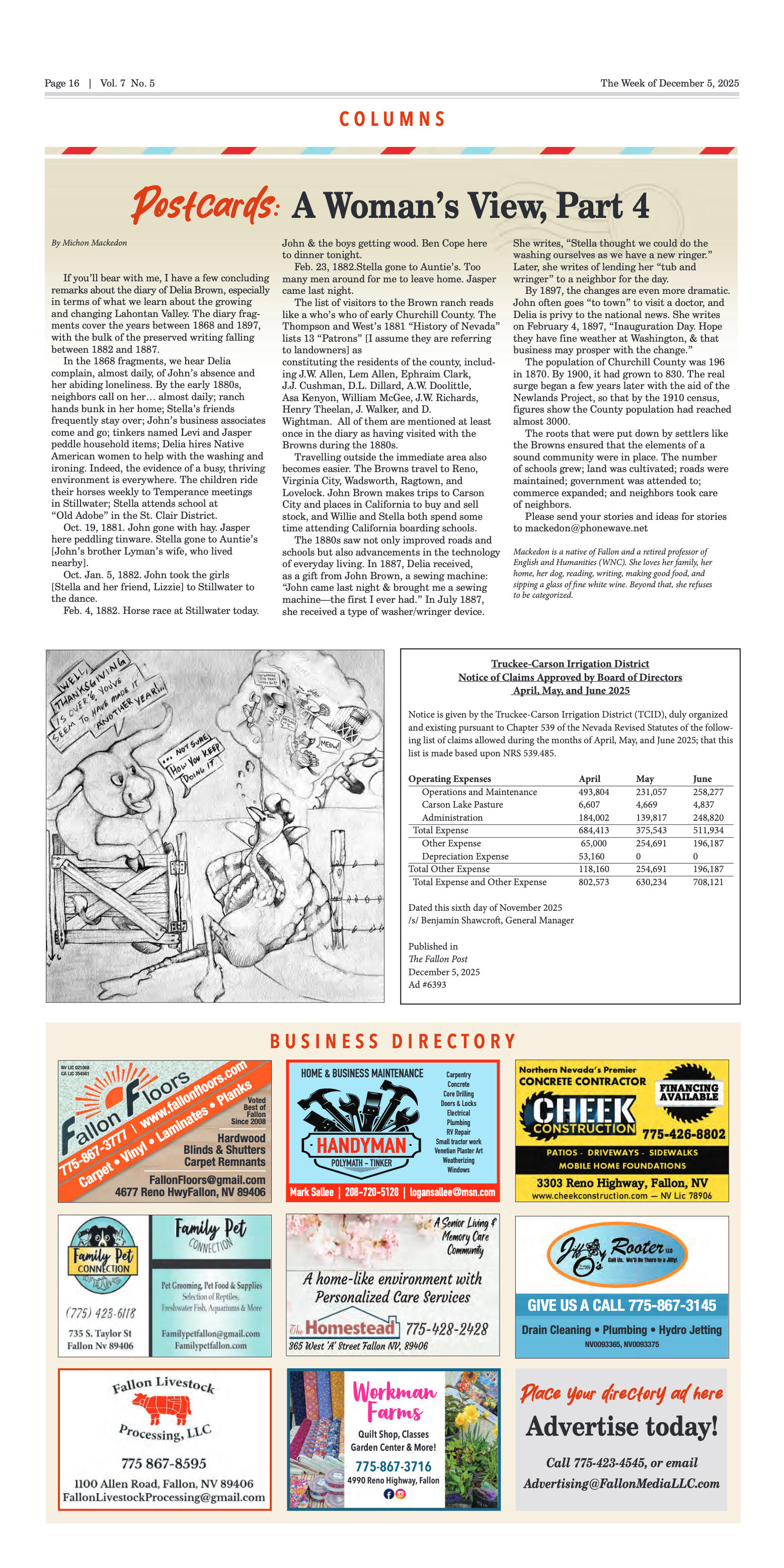























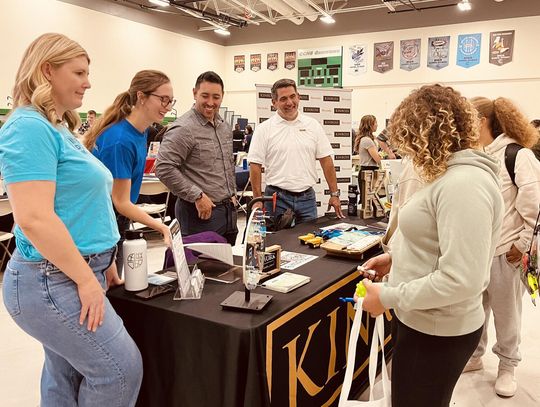


Comment
Comments